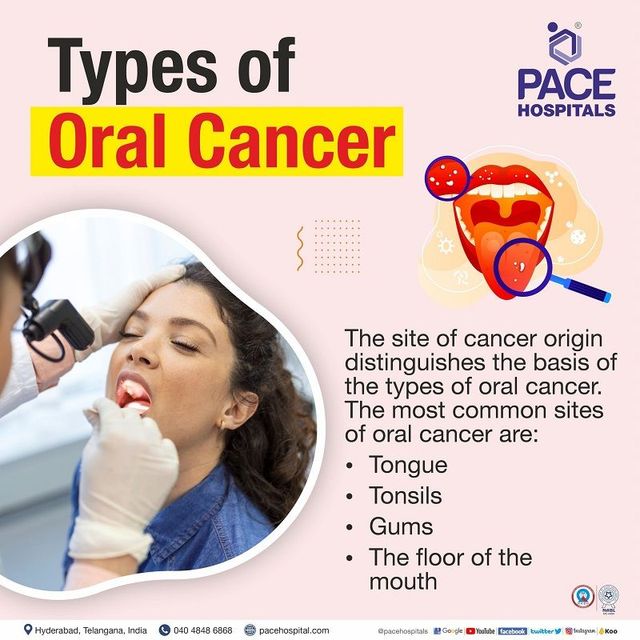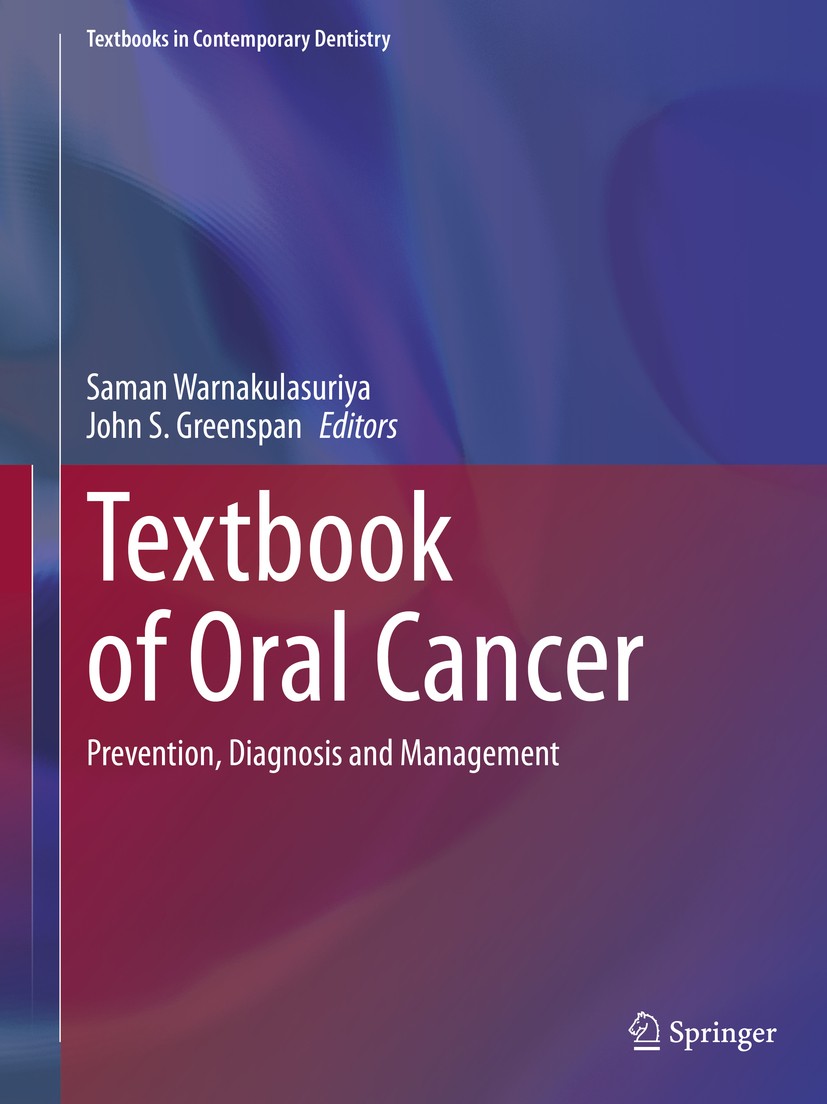Oral cancer is a serious and potentially life-threatening disease that affects thousands of individuals worldwide. It is characterized by the abnormal growth of cells in the oral cavity, which includes the lips, tongue, gums, and other parts of the mouth. Early detection and proper staging of oral cancer are crucial for effective treatment and improved prognosis.
Staging is the process of determining the extent and spread of cancer within the body. It helps doctors classify the disease into different stages, each with varying characteristics and treatment options. Oral cancer staging involves a comprehensive evaluation of various factors, such as tumor size, lymph node involvement, and metastasis to other parts of the body.
One of the most commonly used staging systems for oral cancer is the TNM system, which stands for Tumor, Node, and Metastasis. The T category indicates the size and extent of the primary tumor, while the N category refers to the involvement of lymph nodes. The M category indicates whether the cancer has spread to distant organs or tissues.
In addition to the TNM system, other factors, such as the grade of the tumor (how abnormal the cells appear under a microscope) and the overall health of the patient, are also considered in the staging process. The stage of oral cancer helps inform treatment decisions and provides valuable information about the likely outcome of the disease.
Oral Cancer Staging Explained
Oral cancer staging is a crucial aspect of diagnosing and treating oral cancer. It helps medical professionals determine the extent of the disease, develop an appropriate treatment plan, and evaluate the prognosis for the patient. Staging involves identifying the primary tumor, assessing the presence of regional lymph node involvement, and determining distant metastasis.
There are different systems used to stage oral cancer, but the most commonly used system is the TNM system developed by the American Joint Committee on Cancer (AJCC) and the International Union Against Cancer (UICC). This system categorizes the tumor size (T), the involvement of regional lymph nodes (N), and the presence of distant metastasis (M).
For tumor size (T), a number from 0 to 4 is assigned, with T0 indicating no evidence of primary tumor and T4 indicating a large tumor that has invaded nearby structures or organs. The involvement of regional lymph nodes (N) is categorized as N0 for no lymph node involvement and N1, N2, or N3 for increasing levels of involvement. The presence of distant metastasis (M) is categorized as M0 for no distant metastasis and M1 for the presence of distant metastasis.
In addition to the TNM staging, there are also sub-stages that consider other factors such as the histological grade of the tumor and the presence of perineural invasion or vascular invasion. These factors provide more detailed information about the aggressiveness of the disease and can further guide treatment decisions.
The staging information is usually presented in a format such as T1N0M0 or T3N2M1, which provides a concise summary of the tumor size, lymph node involvement, and presence of distant metastasis. This information allows medical professionals to communicate effectively and collaborate in determining the best course of treatment for the patient.
Understanding oral cancer staging is essential for both healthcare professionals and patients. It provides valuable information that helps guide treatment decisions, predict outcomes, and monitor the progress of the disease. By properly staging oral cancer, medical professionals can improve patient care and enhance the chances of successful treatment.
What is Oral Cancer?

Oral cancer is a type of cancer that affects the mouth and throat. It can occur in any part of the oral cavity, including the lips, gums, tongue, cheeks, and roof or floor of the mouth.
Oral cancer often begins as a small, painless sore or lump in the mouth. As it progresses, it may cause symptoms such as difficulty swallowing, persistent mouth pain, ear pain, unexplained bleeding, or a change in voice.
There are several risk factors that can increase the chances of developing oral cancer. These include tobacco use, excessive alcohol consumption, a family history of oral cancer, prolonged sun exposure to the lips, and certain viral infections such as human papillomavirus (HPV).
Early detection is crucial for the successful treatment of oral cancer. Regular dental check-ups and self-examinations can help identify any abnormalities in the mouth that may require further evaluation.
Once oral cancer is diagnosed, the stage of the disease is determined to guide treatment decisions. The staging system helps classify the extent and spread of the cancer, which can assist in planning the most appropriate treatment approach.
Treatment options for oral cancer may include surgery, radiation therapy, chemotherapy, or a combination of these approaches. The choice of treatment depends on factors such as the stage of the cancer, the location and size of the tumor, and the overall health of the patient.
| Stage | Description |
|---|---|
| Stage 0 | Abnormal cells are present but have not invaded deeper layers of tissue. |
| Stage I | The tumor is small and confined to the area of origin. |
| Stage II | The tumor has grown slightly larger and may have spread to nearby lymph nodes. |
| Stage III | The tumor is larger and has spread to nearby tissues and lymph nodes. |
| Stage IV | The tumor has spread to distant sites in the body. |
It is important to note that survival rates for oral cancer vary depending on the stage of the disease at diagnosis. Early detection and prompt treatment can greatly improve the chances of successful outcomes.
In conclusion, oral cancer is a serious disease that affects the mouth and throat. Understanding the risk factors, symptoms, and treatment options can help individuals make informed decisions about their oral health and seek timely medical attention if needed.
Understanding the Staging Process
The staging process for oral cancer is a crucial aspect in determining the extent of the disease and developing an appropriate treatment plan. Staging involves assessing the size of the tumor, the presence of cancer cells in nearby lymph nodes, and the extent of the cancer’s spread to other parts of the body.
A comprehensive understanding of the staging process is essential for both patients and healthcare professionals. It helps to determine the prognosis of the disease, plan the appropriate treatment modalities, and establish the best possible outcomes for patients.
The staging process typically involves a thorough physical examination, imaging tests such as CT scans, MRI scans, or PET scans, and biopsies to confirm the presence of cancer cells. The results from these tests are then used to assign a stage to the oral cancer, ranging from stage 0 (carcinoma in situ) to stage IV (advanced metastatic disease).
To simplify the staging process, healthcare professionals often use a classification system known as the TNM staging system. The “T” refers to the size and extent of the primary tumor, the “N” indicates the involvement of nearby lymph nodes, and the “M” denotes the presence of distant metastases. Each letter is further assigned a number or a combination of letters and numbers to provide more specific information about the cancer.
Understanding the stage of oral cancer is crucial for determining the appropriate treatment options. Early-stage oral cancer may be treated with surgery or radiation therapy, while more advanced-stage cancer may require a combination of surgery, radiation therapy, and chemotherapy.
| Stage | Description |
|---|---|
| Stage 0 | Carcinoma in situ (pre-cancerous cells are present) |
| Stage I | Small tumor confined to the oral cavity |
| Stage II | Larger tumor or involvement of nearby lymph nodes |
| Stage III | Tumor with significant lymph node involvement |
| Stage IV | Advanced metastatic disease with spread to distant organs |
In conclusion, understanding the staging process of oral cancer is crucial in determining the extent of the disease and planning the appropriate treatment. It helps to provide patients with the best possible outcomes and allows healthcare professionals to develop personalized treatment plans tailored to each individual case. Early detection and timely treatment are key factors in improving the prognosis of oral cancer.
The Importance of Early Detection
Early detection is crucial in the treatment and management of oral cancer. Detecting oral cancer at an early stage greatly increases the chances of successful treatment and improved patient outcomes.
Regular oral cancer screenings can help detect the disease before it progresses and spreads to other parts of the body. It enables healthcare professionals to identify and diagnose oral cancer in its early stages, when it is easier to treat and has a higher chance of cure.
Early detection also allows for less aggressive treatment options, such as surgical removal of the tumor or targeted radiation therapy, without the need for extensive surgeries or radical radiation treatments that can negatively impact the patient’s quality of life.
Furthermore, early detection plays a vital role in decreasing the mortality rate associated with oral cancer. It allows healthcare providers to intervene early and implement appropriate treatment plans, resulting in better survival rates and improved long-term prognosis for patients.
In addition, early detection can also help prevent the cancer from reaching an advanced stage, where it can invade nearby tissues, spread to lymph nodes, or metastasize to other distant organs. Timely intervention minimizes the risk of complications and reduces the need for aggressive treatment measures.
Overall, educating individuals about the importance of early detection and encouraging regular oral cancer screenings can make a significant impact on reducing the burden of this disease and improving patient outcomes. It is crucial for individuals to take proactive steps towards early detection, as it can save lives and improve the overall quality of life for those affected by oral cancer.


